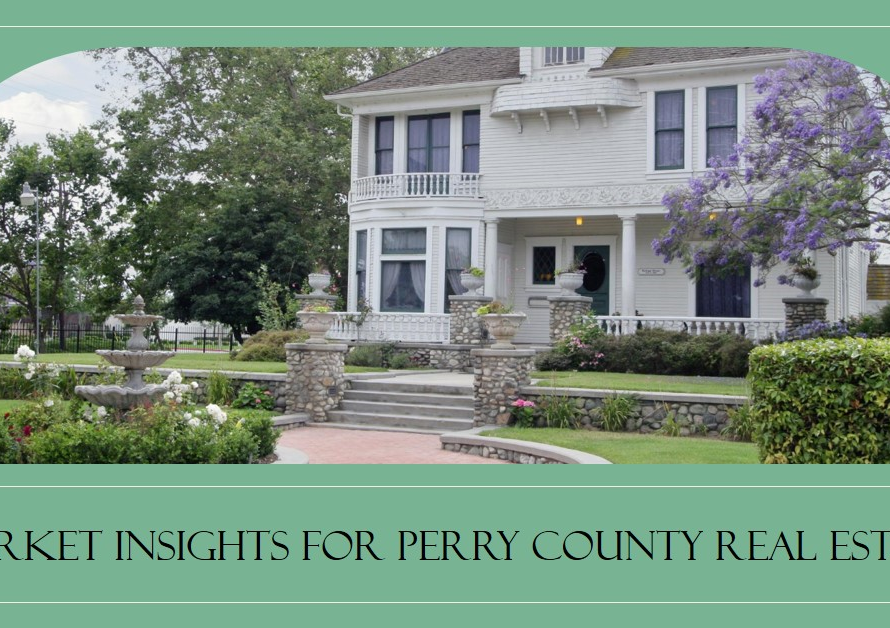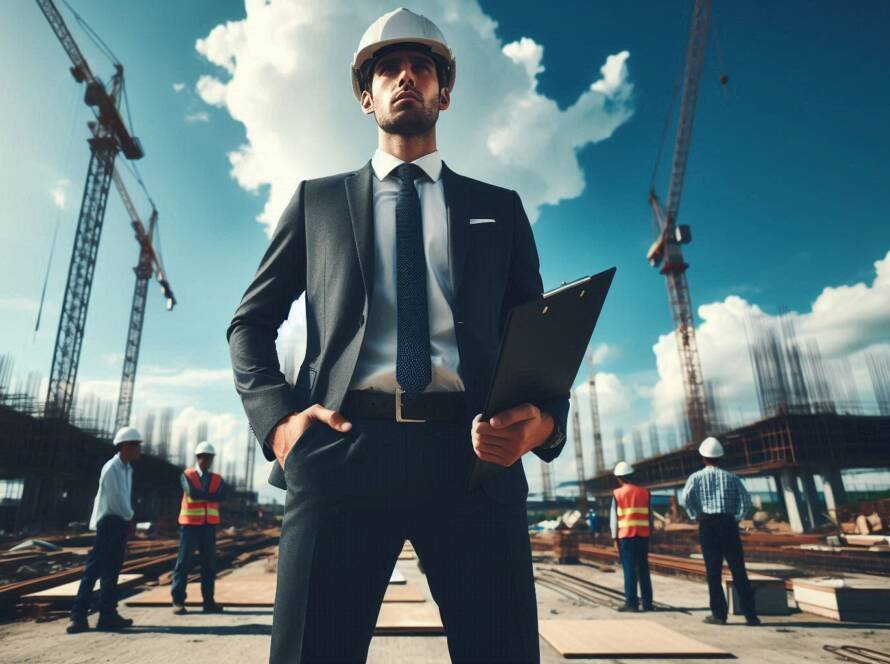
Table of Contents
- Introduction:
- The Dawn of Sustainable Design:
- Smart Facades: The Future of Exterior Design
- Minimalist Aesthetics: Less is More
- Blending Indoors and Outdoors:
- Embracing Bold Colors and Textures:
- Innovations in Lighting Design:
- The Rise of Prefabrication:
- Adaptive Reuse and Renovation:
- Personalization and Customization:
- Conclusion: Embracing the Future of Exterior Design
Introduction:
In the ever-evolving world of architecture and design, exterior aesthetics play a crucial role in defining the character and appeal of buildings. As trends shift and technology advances, innovative exterior design solutions emerge, offering fresh perspectives and inspiring creativity. This blog post explores cutting-edge ideas and trends in exterior design, presenting a comprehensive overview of the most impactful innovations shaping the industry today.
The Dawn of Sustainable Design:
Sustainability is no longer a mere trend; it has become a fundamental aspect of modern architecture. The focus on eco-friendly materials and energy-efficient designs is revolutionizing exterior aesthetics. Architects and designers are increasingly opting for sustainable materials such as reclaimed wood, bamboo, and recycled metal. These materials not only reduce environmental impact but also add a unique, organic charm to building exteriors.
Moreover, green roofs and vertical gardens are gaining popularity, transforming urban landscapes into lush, green environments. These living elements not only enhance the visual appeal of buildings but also provide insulation, reduce urban heat islands, and improve air quality. By integrating nature into design, architects are creating harmonious and sustainable spaces that benefit both inhabitants and the environment.
Smart Facades: The Future of Exterior Design
The integration of technology into building exteriors is paving the way for smart facades. These innovative designs incorporate advanced materials and systems that respond to environmental changes, enhancing energy efficiency and comfort. Dynamic facades, for instance, can adjust their opacity, reflectivity, and ventilation based on weather conditions, optimizing indoor climate control.
Additionally, photovoltaic panels are being seamlessly integrated into building exteriors, transforming facades into energy-generating surfaces. This not only reduces reliance on traditional energy sources but also contributes to a building’s sustainability credentials. The marriage of technology and design in smart facades represents a significant leap towards more intelligent and responsive architectural solutions.
Minimalist Aesthetics: Less is More
Minimalism continues to influence exterior design, emphasizing simplicity, clean lines, and functional beauty. The minimalist approach often involves a monochromatic color palette, with a focus on natural materials such as concrete, glass, and steel. This design philosophy promotes a sense of calm and order, making buildings appear timeless and sophisticated.
Moreover, minimalist exteriors often feature large, unadorned surfaces that highlight the purity of the materials used. This approach not only creates visually striking structures but also allows the architecture to speak for itself, without unnecessary embellishments. As a result, minimalist designs remain a popular choice for those seeking elegance and simplicity in their buildings.
Blending Indoors and Outdoors:
Creating a seamless transition between indoor and outdoor spaces is a key trend in contemporary exterior design. Large, retractable glass walls, sliding doors, and expansive windows are commonly used to blur the boundaries between interiors and exteriors. This design approach not only enhances natural light and ventilation but also fosters a stronger connection with the surrounding environment.
Furthermore, outdoor living spaces such as patios, terraces, and balconies are being designed with the same attention to detail as indoor areas. Comfortable seating, outdoor kitchens, and stylish decor elements transform these spaces into extensions of the home, perfect for relaxation and entertainment. By integrating indoor and outdoor areas, architects are enhancing the livability and appeal of modern buildings.
Embracing Bold Colors and Textures:
While minimalism favors a restrained color palette, there is also a growing trend towards bold colors and textures in exterior design. Vibrant hues and intricate textures can add personality and character to buildings, making them stand out in urban landscapes. Bold colors such as deep blues, rich greens, and striking reds are being used to create visual interest and highlight architectural features.
Textures, on the other hand, can be introduced through materials such as stone, brick, and stucco. These elements add depth and complexity to building exteriors, creating a tactile and visually engaging experience. By experimenting with colors and textures, designers can craft unique and memorable facades that leave a lasting impression.
Innovations in Lighting Design:
Lighting plays a crucial role in exterior design, influencing both aesthetics and functionality. Advances in lighting technology have led to the development of more efficient and versatile lighting solutions. LED lighting, for instance, offers a range of benefits including energy efficiency, durability, and design flexibility. LED lights can be used to highlight architectural features, create ambiance, and improve safety.
In addition to traditional lighting, innovative solutions such as solar-powered lights and smart lighting systems are gaining traction. These systems can be programmed to adjust brightness and color based on the time of day or specific events, enhancing the overall visual appeal and functionality of building exteriors. Effective lighting design not only enhances aesthetics but also contributes to the overall user experience.


The Rise of Prefabrication:
Prefabricated building components are becoming increasingly popular in exterior design, offering a range of benefits including reduced construction time, cost savings, and improved quality control. Prefabrication involves manufacturing building elements off-site in a controlled environment, which are then transported and assembled on-site. This method ensures precision and consistency, resulting in higher-quality finishes.
Moreover, prefabrication allows for greater design flexibility, as components can be customized to meet specific aesthetic and functional requirements. This approach is particularly useful for complex designs that would be challenging to construct using traditional methods. By embracing prefabrication, architects can achieve innovative and efficient exterior designs that meet the demands of modern construction.
Adaptive Reuse and Renovation:
As cities continue to grow and evolve, adaptive reuse and renovation projects are gaining prominence. Repurposing existing structures for new uses not only preserves historical and cultural heritage but also reduces the environmental impact of new construction. Adaptive reuse involves transforming old buildings into functional and aesthetically pleasing spaces, often with a focus on maintaining the original architectural elements.
Renovation projects, on the other hand, aim to modernize and update existing buildings, enhancing their performance and appearance. This can involve retrofitting buildings with new materials, technologies, and design elements to improve energy efficiency and functionality. By focusing on adaptive reuse and renovation, architects can create innovative and sustainable exterior designs that respect the past while looking towards the future.
Personalization and Customization:
In an era where individuality is highly valued, personalized and customized exterior designs are becoming more prevalent. Homeowners and developers are seeking unique solutions that reflect their personal tastes and preferences. This can involve bespoke architectural elements, custom materials, and tailored design features that set buildings apart from the standard offerings.
Customization can also extend to the integration of smart home technologies and personalized outdoor spaces. For instance, outdoor areas can be designed to accommodate specific hobbies or activities, such as gardening, yoga, or outdoor dining. By offering personalized and customized design solutions, architects can create distinctive and meaningful spaces that resonate with their clients.
Conclusion: Embracing the Future of Exterior Design
The world of exterior design is continuously evolving, driven by advances in technology, changing societal values, and a growing emphasis on sustainability. From smart facades and minimalist aesthetics to bold colors and adaptive reuse, the innovations shaping exterior design are diverse and dynamic. As architects and designers embrace these trends, they are creating buildings that are not only visually stunning but also environmentally responsible and highly functional.
By staying informed about the latest trends and innovations, professionals in the field can continue to push the boundaries of what is possible in exterior design. Whether through sustainable materials, smart technologies, or personalized solutions, the future of exterior design promises to be exciting and full of potential. As we look ahead, it is clear that innovative exterior design will play a crucial role in shaping the built environment for years to come.



